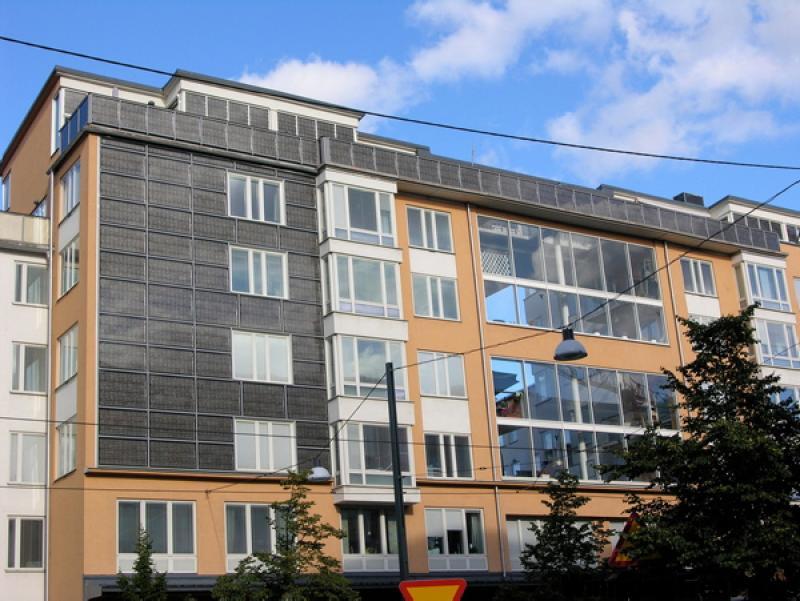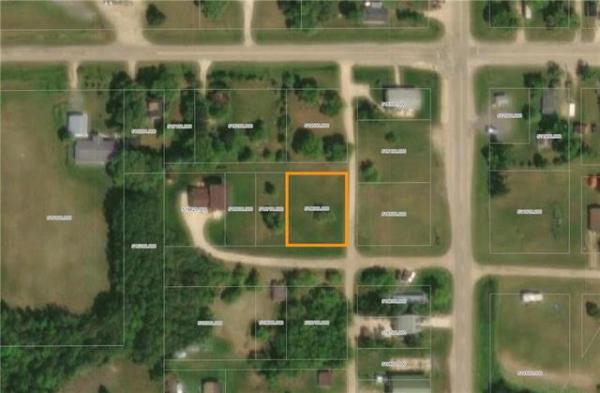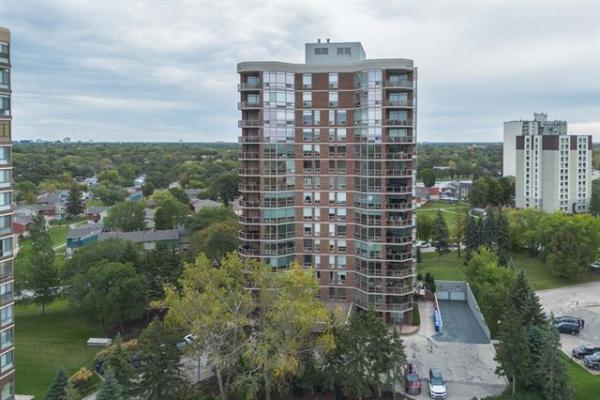"THINK big, build small" would be a perfect motto for Sweden.
One can find evidence of this while strolling through any local Ikea store, of course -- the company is renowned for its innovative furniture designs packaged in flat, easy-to-transport boxes -- but it's also apparent on the streets of Stockholm and Gothenburg. Here, big thinkers are partnering with policy-makers and NGOs to construct densely populated, low-rise housing developments that run on holistic, closed-loop systems of waste, energy and water management.
During a recent study tour in the country, a group of Canadian architects, developers and politicians were given an inside look at a few of the newest, greenest projects in Sweden -- condo buildings that go far beyond the standard LEED qualifications in terms of sustainability.
Take the restoration of Hammarby Sjostad, for instance, a waterfront space on the outer edge of Stockholm that is in the midst of being transformed from industrial scrapyard to thriving residential community. It is an empty yet prime location, close to transit, with immense potential to showcase progressive design.
As of now, Hammarby Sjostad has 15,000 inhabitants on nearly two square kilometres of land. The area is connected to the downtown core with a streetcar, a free ferry, and roads (with bike lanes) made of semi-permeable asphalt that collects stormwater, channelling it to a local treatment centre before diverting it back to the lake.
Waste is sorted by residents, who deposit their garbage into colour-coded, vacuum-operated chutes, which suck the material underground into a network of tunnels -- the glass and paper rattles over to a recycling depot, the organic waste ends up in a composting facility and the rest of the garbage is incinerated; the heat captured from this process is then channelled back into the neighbourhood for residential heating and electricity needs.
Energy-efficient appliances and dual-flush toilets are a no-brainer, but the impressive feat comes in the sewage treatment, which extracts bio-gas and bio-solids (i.e. fertilizer) from the sludge that is then used by the Hammarby Sjostad community, and the heat captured in this process again makes its way back to the neighbourhood as part of the district energy system.
In short, the Swedish model isn't just about doing as many green things as possible or securing LEED certification; it's about making use of the way resources are connected to one another, and viewing waste from one process as fuel for another.
"These guys are way ahead of us," says renowned Vancouver architect Peter Busby, one of the tour's participants, "and we should be paying attention, because we have the same climate."
Although he was impressed by such things as the clean, educational and even social nature of the recycling rooms in Sweden's apartment buildings and offices, Busby was truly won over by the levels of insulation.
"Their walls are much thicker and their windows are between R5 and R10," he says, noting the high ratio of indoor to outdoor temperature. "That's unbelievable. Our double-paned windows are R2, which means we lose five times the amount of energy."
But not all Canadian windows and walls offer poor insulation, and not all Canadian housing developments are shamefully behind those of the Swedes when it comes to sustainability.
Busby can attest to this. His architecture firm, Busby, Perkins + Will, spearheaded the design for Dockside Green, a holistic harbourfront community in Victoria recently built upon former industrial land.
Here, locally treated waste water is reused to flush residential toilets and keep green space alive; meanwhile, buildings use 45 per cent to 55 per cent less energy, thanks not only to efficient appliances and insulation but to an on-site waste-wood biomass plant that burns clean gas, which is used to heat the local homes.
On top of this, Dockside has a number of green roofs (an initiative the Swedes have been slower at embracing), and is striving to be greenhouse gas positive -- that is, producing more energy than it consumes; in fact, it's already transferring its excess heat to an exchanger in a nearby hotel.
-- Canwest News Service




